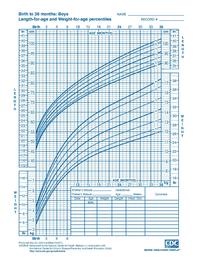
Photo from wikipedia
Objectives: Among critically ill patients, the benefits of nutrition support may vary depending on severity of organ dysfunction. The objective of the current article was to explore the relationship between… Click to show full abstract
Objectives: Among critically ill patients, the benefits of nutrition support may vary depending on severity of organ dysfunction. The objective of the current article was to explore the relationship between organ failure and calories exposure with hospital mortality during the first week of acute respiratory distress syndrome. Design: Retrospective observational study. Setting: Single-center ICU. Patients: Adults admitted to the ICU with a diagnosis of acute respiratory distress syndrome. Interventions: Calorie delivery from enteral nutrition, parenteral nutrition, propofol, and dextrose containing fluids were collected for 7 days following intubation. Sequential Organ Failure Assessment score was calculated at ICU admit and for the same 7 days to describe organ dysfunction; four different Sequential Organ Failure Assessment variables were created 1) Sequential Organ Failure Assessment at ICU admit, 2) average Sequential Organ Failure Assessment for the first 7 days following intubation, 3) the highest Sequential Organ Failure Assessment for the first 7 days following intubation, and 4) change in Sequential Organ Failure Assessment from intubation to 7 days later. Measurements and Main Results: A total of 298 patients were included. Sequential Organ Failure Assessment at ICU admit, average Sequential Organ Failure Assessment for the first 7 days following intubation, highest Sequential Organ Failure Assessment for the first 7 days following intubation, change in Sequential Organ Failure Assessment from intubation to 7 days later, and calorie delivery the first 7 days following intubation were all associated with increased likelihood of mortality. Compared with patients with low organ failure and low-calorie delivery, those with high-calorie delivery and low organ failure, low-calorie delivery and high organ failure, and the combination of both high organ failure with high-calorie delivery were associated with an incremental increase in the likelihood or mortality. Conclusions: Organ failure appears to modify the relationship between calorie exposure and ICU outcome. Additional research is needed to identify appropriate thresholds for safe calorie exposure with increased organ failure.
Journal Title: Critical Care Medicine
Year Published: 2019
Link to full text (if available)
Share on Social Media: Sign Up to like & get
recommendations!